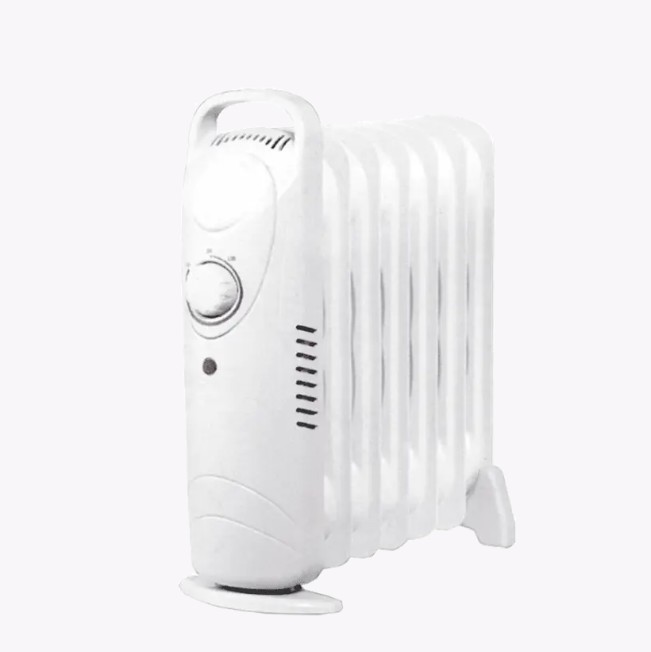The layout of
oil heaters is engineered to contribute to green and uniform room heating through numerous key capabilities and principles. Here's how the design aspects decorate their performance:
Heat Radiating Fins: Oil heaters regularly contain fins or ridges along the heating detail. These fins boom the floor location exposed to the air, selling powerful warmness switch and distribution at some stage in the room.
Thermal Inertia of Oil: The heating detail is immersed in oil, which has a excessive thermal inertia. This means that the oil retains heat for an extended period, allowing the heater to preserve emitting warmth even after the heating detail has been turned off. This contributes to a greater uniform and sustained heating experience.
Convection Heating: Oil heaters make use of convection heating, wherein air is warmed because it comes into touch with the heated oil. Warm air rises, growing a natural convection modern that circulates warmness flippantly in the course of the room, getting rid of bloodless spots.
Adjustable Thermostat: Many oil warmers are geared up with adjustable thermostats, permitting users to set and hold a favored temperature. This function guarantees that the heater operates effectively, imparting a consistent stage of heat without unnecessary power intake.
Overheat Protection: To enhance protection and save you overheating, oil warmers are designed with overheat protection mechanisms. These features automatically close off the heating element if temperatures exceed a safe threshold, ensuring the unit operates within ideal situations for uniform heating.
Silent Operation: The design of oil heaters frequently includes silent operation functions, making them appropriate for bedrooms and quiet spaces. This guarantees that the heating method does no longer disturb the peace and quiet of the room.
Portable Design: Many oil heaters are designed to be portable, presenting caster wheels or handles for clean mobility. This allows users to position the heater strategically, promoting uniform heating in exceptional regions of a room or during the house.
Compact and Space-Saving: The compact layout of oil heaters makes them appropriate for smaller spaces. Their length allows for placement in diverse locations, facilitating even heat distribution in rooms with limited floor space.
Efficient Heating Element: The heating element in oil heaters is designed for performance, changing electrical energy into heat efficaciously. This guarantees that the strength fed on contributes directly to the warming of the room.
Multi-Fin Configuration: The fins on the heating detail are often arranged in a multi-fin configuration. This design maximizes the heat alternate floor location, improving the efficiency of heat switch and distribution.
No Fan Noise: Unlike a few different heating structures, oil warmers do not depend upon a fan for warmth distribution. This absence of fan noise contributes to a quiet and snug heating enjoy, maintaining a peaceful surroundings within the room.
Durable and Sturdy Construction: The production of oil heaters is regularly durable and sturdy, ensuring toughness and reliability. A well-constructed unit is much more likely to offer steady and uniform heating over an prolonged duration.
Energy-Efficient Operation: The layout of oil heaters prioritizes electricity performance, making use of the saved warmth inside the oil to preserve warming the gap correctly. This efficiency contributes to fee financial savings and sustainable heating practices.
